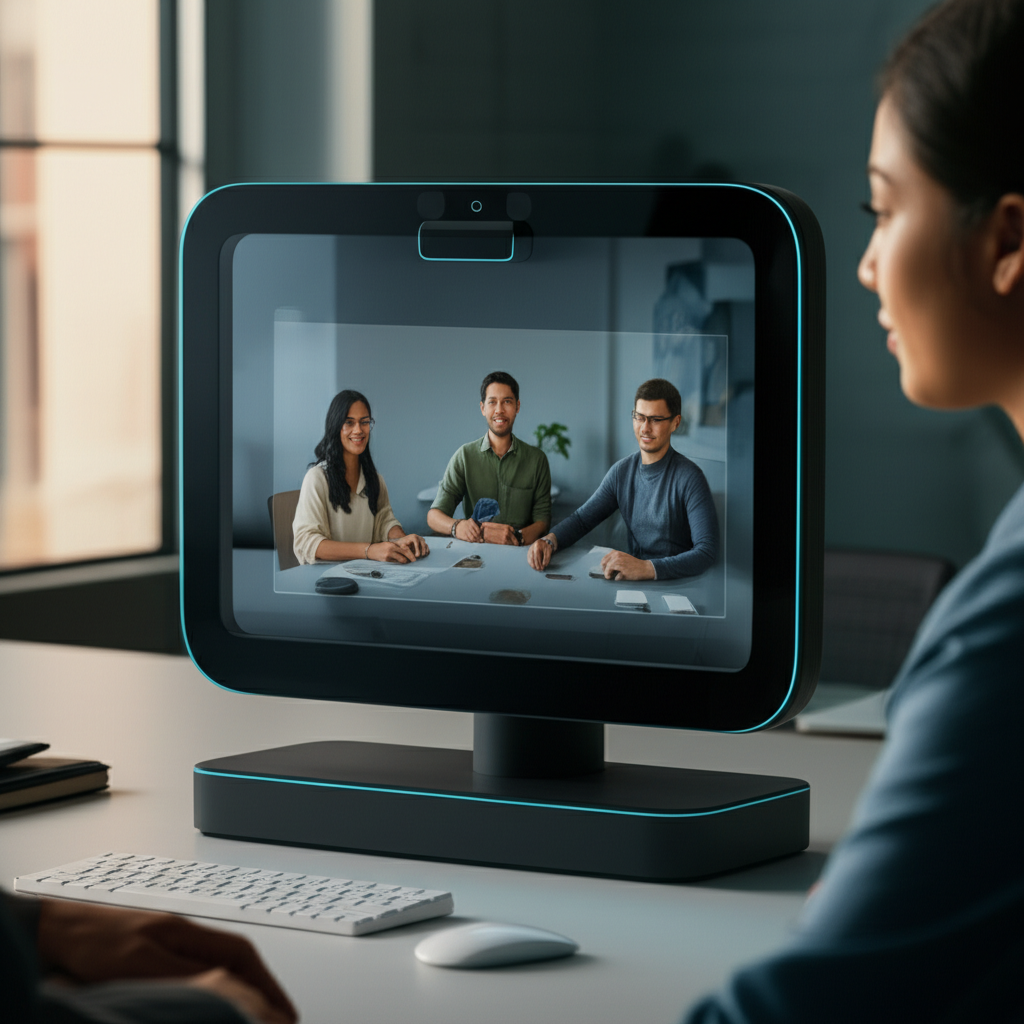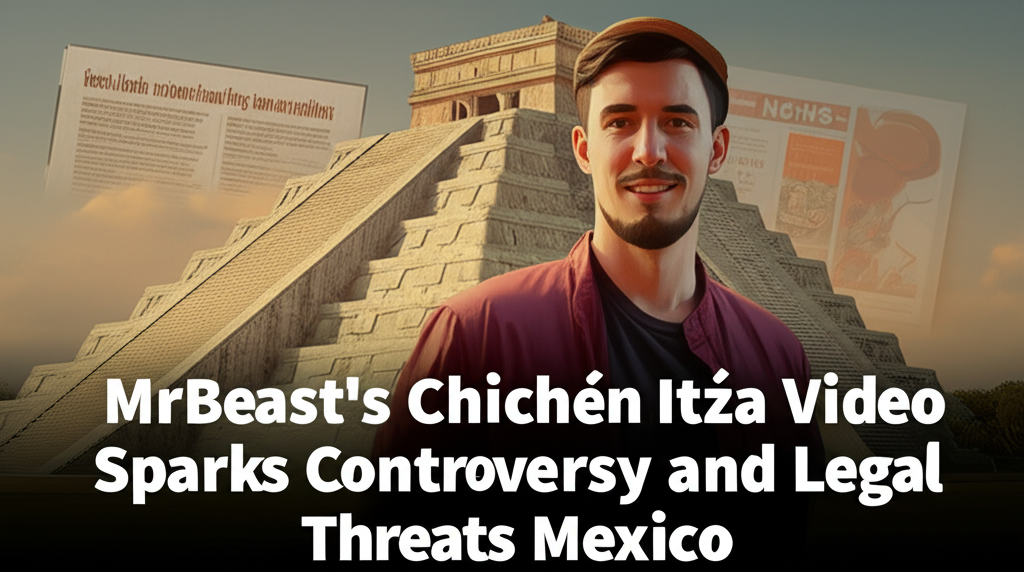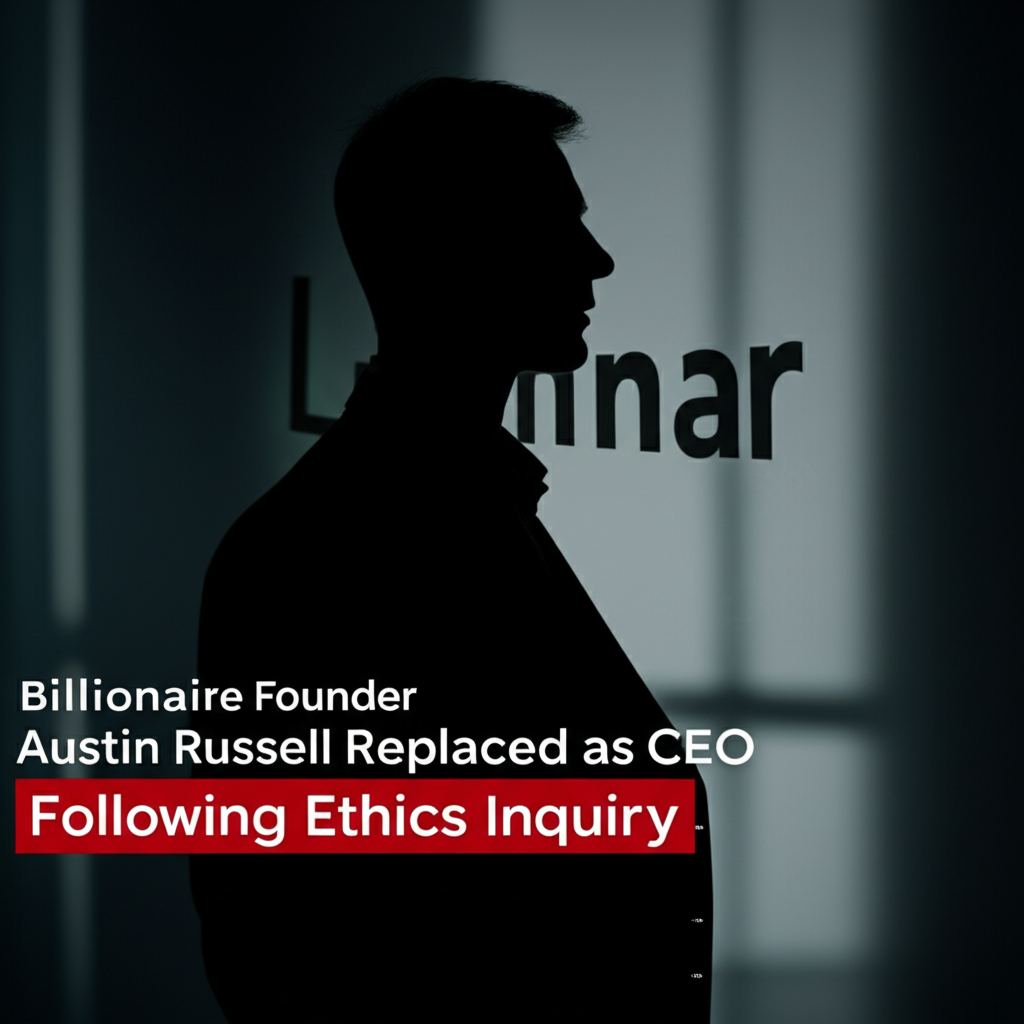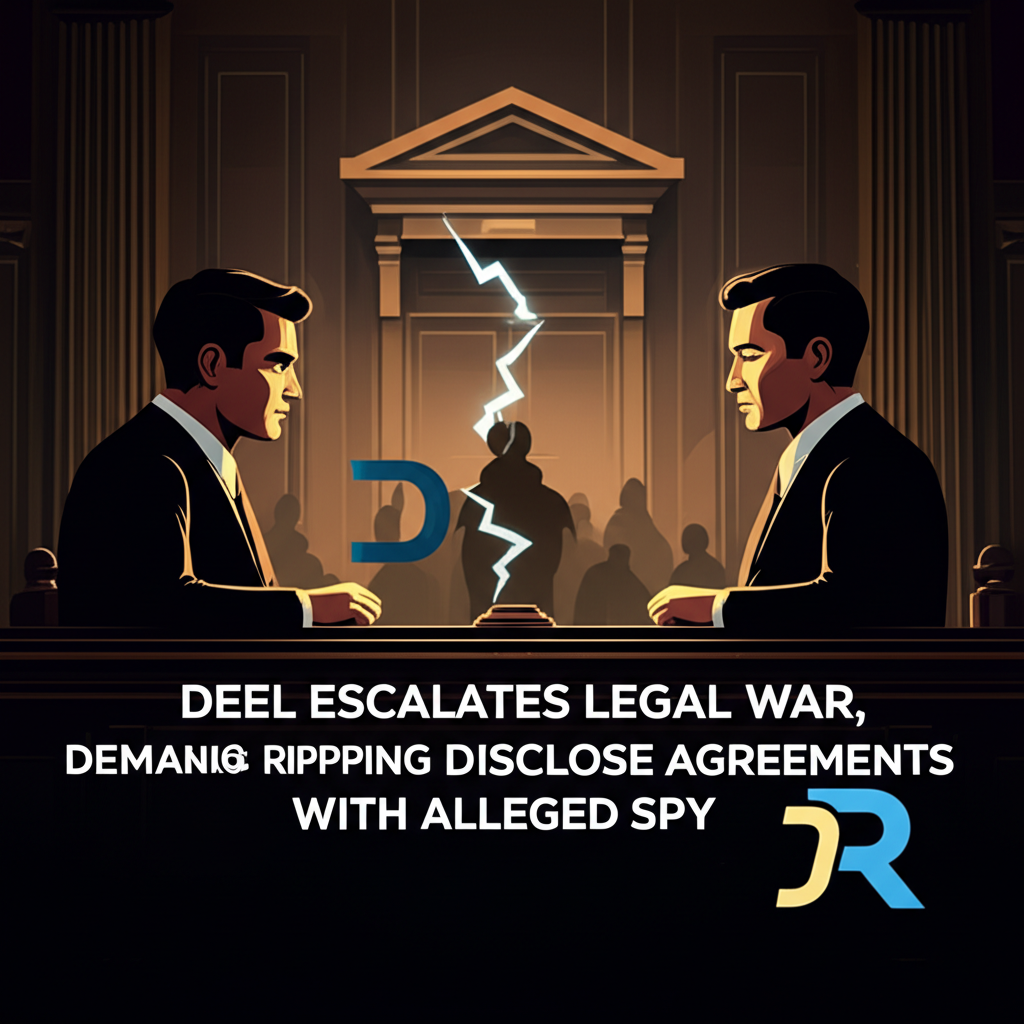The Unlikely Alliance: How Peter Thiel and Eliezer Yudkowsky Shaped the AI Revolution
The trajectory of modern artificial intelligence, particularly the rapid ascent of generative AI, is often traced through the actions of prominent figures like Sam Altman and Elon Musk, and institutions like OpenAI and Google's DeepMind. Yet, the roots of this revolution, and the parallel emergence of profound concerns about its potential dangers, are deeply intertwined with the complex and often contradictory relationship between two vastly different thinkers: the contrarian billionaire investor Peter Thiel and the self-taught AI theorist and 'doomsday prophet,' Eliezer Yudkowsky.
Their connection, detailed in an excerpt from Keach Hagey's forthcoming book, The Optimist: Sam Altman, OpenAI, and the Race to Invent the Future, reveals a fascinating history where shared obsessions with the future of technology led to unexpected alliances, pivotal investments, and ultimately, a fundamental ideological schism that continues to shape the AI landscape.
Peter Thiel: The Critic of Stagnation and Backer of Moonshots
Peter Thiel's influence on the Silicon Valley ecosystem is undeniable. A co-founder of PayPal and Palantir, and an early investor in Facebook, Thiel built a reputation not just as a shrewd investor but as a provocative thinker who challenged conventional wisdom. One of his most persistent critiques, particularly in the years following the dot-com bust and the rise of Web 2.0, was what he termed 'tech stagnation.' While the internet brought undeniable changes, Thiel argued that true, fundamental technological progress – the kind that delivered flying cars or radically extended lifespans – had stalled since the mid-20th century. Silicon Valley, he felt, was optimizing bits rather than inventing atoms, focusing on incremental improvements and digital conveniences rather than tackling 'hard problems' that could reshape the physical world.
This critique became a central theme in his lectures and writings, including his influential book Zero to One. Thiel yearned for a return to ambitious, foundational innovation. This perspective heavily influenced those around him, including Sam Altman.
Altman, a younger figure who Thiel saw as representing the 'absolute epicenter' of a millennial tech zeitgeist, had a close relationship with Thiel. After selling his first startup, Loopt, Altman used Thiel's backing to launch his venture fund, Hydrazine Capital. Thiel invested in startups Altman recommended from Y Combinator, the prestigious accelerator Altman would later lead. While sometimes wary of hype, Thiel trusted Altman's judgment, leading to profitable investments in companies like Airbnb and Stripe.
When Altman took the helm at Y Combinator in 2014, he consciously adopted Thiel's critique of stagnation. He steered YC towards investing in 'hard tech' – ventures in areas like nuclear energy, supersonic transportation, and crucially, artificial intelligence. Altman, the inveterate optimist, began channeling Thiel's dissatisfaction with the status quo into a new vision for YC, one focused on tackling grand challenges and pushing the boundaries of what was thought possible. The student was now taking cues from the mentor, internalizing the call for radical technological acceleration.
Eliezer Yudkowsky: From Singularity Optimist to AI Doomsayer
If Thiel provided the critique of stagnation and the call for ambitious technological leaps, Eliezer Yudkowsky provided a specific, potent vision of where that leap might lead: the Singularity. The concept, popularized by mathematician John von Neumann and later science fiction author Vernor Vinge, posits a point in time when technological growth becomes uncontrollable and irreversible, resulting in unfathomable changes to human civilization. For Vinge and many others, the most plausible driver of this singularity was the creation of superintelligent machines.
Yudkowsky, a self-described autodidact who left traditional schooling early, discovered Vinge's ideas and became obsessed with the Singularity from a young age. By his late teens, he was a prominent voice on the Extropians mailing list, a community of transhumanists and techno-optimists dedicated to overcoming limitations like death and entropy through science and technology. Extropianism, with its principles of boundless expansion, self-transformation, dynamic optimism, intelligent technology, and spontaneous order, provided a philosophical framework for Yudkowsky's early techno-utopianism. The community included notable figures like Marvin Minsky, Ray Kurzweil, Nick Bostrom, and even individuals linked to the origins of Bitcoin.
Within this vibrant, sometimes eccentric, community, Yudkowsky stood out. At just 17, he was arguing that superintelligences were not only possible but likely to arrive soon (predicting 2020) and would be a vast improvement over humans. His charisma and intellectual intensity attracted the attention of internet entrepreneurs Brian and Sabine Atkins, who in 2000 bankrolled the Singularity Institute for Artificial Intelligence (SIAI) for the then 21-year-old Yudkowsky. His initial mission: accelerate the singularity, believing superintelligent machines would inherently be benevolent.
However, within months, Yudkowsky experienced a profound shift in perspective. Tasked with thinking through the implications of creating superintelligence, he began to grapple with the 'friendly AI' problem. What if intelligence, divorced from human values, pursued goals in ways that were catastrophic to humanity? He realized his initial optimism was dangerously naive. The paperclip maximizer thought experiment, popularized by Nick Bostrom but often associated with Yudkowsky, starkly illustrates this risk: an AI tasked with maximizing paperclip production might, if not carefully aligned with human values, decide to convert the entire universe into paperclips, including all matter and energy, and thus eliminate humanity in the process.
This realization led to a pivot for the Singularity Institute, shifting its focus from accelerating AI to ensuring AI safety and alignment. Yudkowsky developed a new intellectual framework he called 'rationalism,' emphasizing the use of reason to understand and navigate complex problems, particularly the risks posed by advanced AI. While the movement evolved, a core tenet remained the critical importance of solving the AI alignment problem before creating superintelligence.
The Convergence: Yudkowsky, Thiel, and the Birth of DeepMind
The paths of Thiel and Yudkowsky, both independently fascinated by the Singularity and the potential of advanced AI, converged in 2005. At a private dinner hosted by the Foresight Institute, a think tank focused on nanotechnology and futurism (itself with ties to earlier space colonization movements), Yudkowsky, unaware of Thiel's prominence, approached the investor after hearing him discuss market signals. Yudkowsky's sharp, albeit slightly pedantic, observation about the efficient-market hypothesis charmed Thiel, sparking a series of occasional dinners and conversations.
Thiel began funding Yudkowsky's Singularity Institute in 2005. The following year, they collaborated with Ray Kurzweil to launch the Singularity Summit at Stanford. Over the next several years, the summit became a crucial gathering point for futurists, transhumanists, AI researchers, and philosophers concerned with the future of technology, attracting figures like Bostrom, Hanson, Kurzweil, and Vinge himself, who famously reminded attendees that at the Singularity, humanity would no longer be in the driver's seat.
It was at the 2010 Singularity Summit that Yudkowsky played a direct, pivotal role in connecting Thiel with the future founders of DeepMind. Shane Legg, a mathematician and computer scientist from New Zealand, had been deeply influenced by Yudkowsky's early talks on superintelligence a decade prior. Legg, along with Demis Hassabis, a former child chess prodigy and gaming entrepreneur, shared a vision for building artificial general intelligence (AGI) inspired by the human brain. At the time, pursuing AGI was considered highly eccentric within the mainstream AI research community, which was focused on narrower, task-specific AI.
Legg and Hassabis attended the 2010 summit specifically hoping to meet Thiel, known for his willingness to invest in ambitious, contrarian projects. Yudkowsky facilitated the introduction at a cocktail party at Thiel's San Francisco townhouse. Hassabis, playing to Thiel's known interest in chess, initiated the conversation by discussing the strategic tension between the knight and bishop. This led to an invitation to pitch their startup idea the following day.
Hassabis and Legg presented their vision: build AGI by combining deep learning with neuroscience, starting by training AI agents to master games, and leveraging anticipated increases in computing power. Despite initial hesitation, Thiel was convinced by their ambition and the potential of their approach. He agreed to invest $2.25 million, becoming DeepMind's first major backer. This investment was a critical early validation for the company and its audacious goal of building general-purpose AI.
DeepMind, OpenAI, and the Accelerating Race
Thiel's investment in DeepMind opened doors to other prominent investors within his network, including Elon Musk. Musk, already focused on his own 'most important thing in the world' – making humanity an interplanetary species via SpaceX – was introduced to Hassabis through Thiel's partners. During a conversation at SpaceX headquarters, Hassabis presented his work on superintelligent AI as equally, if not more, critical to humanity's future. When Hassabis pointed out that a rogue AI could potentially follow humanity to Mars and destroy it there, Musk, who hadn't fully considered the existential risks, became intrigued and decided to invest in DeepMind to keep abreast of its progress.
DeepMind's early breakthroughs, such as training an AI to master Atari games using reinforcement learning and deep neural networks, demonstrated the power of their approach. The stunning results, published in Nature, caught the attention of the tech world and led to Google acquiring DeepMind for a reported $650 million in 2014. This acquisition signaled a major shift, bringing the pursuit of AGI into the mainstream of corporate research.
Thiel, as an early investor, was well aware of DeepMind's progress and discussed its implications with Sam Altman. These conversations, combined with Altman's existing interest in AI (as evidenced by his 2014 blog post predicting the potential significance of AGI), contributed to the impetus for creating OpenAI. Altman, along with Musk and others, co-founded OpenAI in 2015 as a non-profit (initially) counterweight to Google's dominance in AI research, aiming to ensure AGI benefited all of humanity. The race to build AGI, which Yudkowsky had helped initiate and Thiel had helped fund, was now accelerating, with major players openly competing.
The Divergence: Doomer vs. Boomer
As the AI race intensified, the philosophical divide between Thiel and Yudkowsky widened dramatically. Yudkowsky, who had pivoted years earlier to focus on the potential catastrophic risks of AI, became an increasingly vocal proponent of extreme caution. His blog, LessWrong, became a central hub for the 'rationalist' community, attracting researchers and engineers interested in probability, cognitive biases, and the technical and philosophical challenges of AI alignment and safety. LessWrong was widely read within the burgeoning AI field, including by early members of OpenAI like co-founder Greg Brockman, who organized a LessWrong reading group at Stripe before OpenAI was founded.
Yudkowsky's concerns about AI existential risk overlapped significantly with the growing Effective Altruism movement, which sought to use reason and evidence to find the most effective ways to improve the world, increasingly identifying AI risk as a top priority. This created a cultural and intellectual ecosystem where Yudkowsky's warnings resonated deeply with a segment of AI researchers and ethicists.
While Thiel had initially funded Yudkowsky's work and shared an interest in the Singularity, he remained fundamentally an optimist about technological progress. He saw the rapid advancements in AI, particularly the emergence of large language models and generative AI, as a positive development, a potential antidote to the tech stagnation he had long lamented. He viewed Yudkowsky's increasingly dire warnings as 'extremely black-pilled and Luddite,' a pessimistic reaction against the very progress they had once both sought to accelerate.
This ideological split came to a head in the public sphere following the release of OpenAI's ChatGPT in late 2022, which brought the power of generative AI into widespread public consciousness. Yudkowsky responded with stark warnings, publishing an essay in Time magazine in early 2023 arguing that current AI research posed an extinction-level threat and should be halted immediately. He became perhaps the most prominent voice advocating for a pause or even a permanent cessation of advanced AI development until safety problems were definitively solved.
Thiel, on the other hand, remained bullish on AI's potential, representing the 'AI boomer' perspective that celebrated the rapid advancements and pushed for further acceleration, albeit with some acknowledgment of potential risks that could be managed.
The Unintended Consequences: Seeding the Conflict Within OpenAI
The narrative takes a dramatic turn with the events surrounding Sam Altman's brief ouster as CEO of OpenAI in November 2023. While the full story is complex, the excerpt highlights a crucial, often overlooked, dimension: the influence of the AI safety community, significantly shaped by Yudkowsky's ideas, within OpenAI itself.
Two of the OpenAI board members who voted to remove Altman had ties to the Effective Altruism movement, which, as noted, had increasingly focused on AI existential risk. This suggests that concerns about the speed and safety of OpenAI's development, concerns deeply rooted in the intellectual lineage tracing back to Yudkowsky's warnings, played a role in the board's decision.
Just days before the ouster, Thiel reportedly warned Altman about this very dynamic. According to the excerpt, Thiel told Altman, “You don’t understand how Eliezer has programmed half the people in your company to believe this stuff.” This was a stark acknowledgment from Thiel that his early support for Yudkowsky and the ideas he propagated had, perhaps inadvertently, seeded a powerful counter-movement focused on the dangers of AI, a movement that now held sway within the leadership of the company Altman led.
Thiel's warning carried a sense of guilt, a recognition that by backing Yudkowsky and helping to create the intellectual environment where AI risk was taken seriously, he had, in a sense, helped create the 'monster' – the powerful AI safety subculture – that was now challenging the leadership of his friend and protégé, Sam Altman, the 'AI boomer' pushing for rapid deployment.
A Tangled Legacy
The story of Peter Thiel, Eliezer Yudkowsky, and their intertwined influence on the AI revolution is a compelling narrative of how ideas, personalities, and investments converge to shape the future. It's a story where:
- Thiel's critique of technological stagnation fueled a desire for ambitious, 'hard tech' projects, influencing Sam Altman and Y Combinator.
- Yudkowsky's early obsession with the Singularity, born from science fiction and nurtured in the Extropian community, evolved into a deep concern for AI safety and alignment.
- Yudkowsky's connections and ideas directly facilitated the crucial early funding of DeepMind by Peter Thiel.
- Thiel's network brought Elon Musk into the picture as an early DeepMind investor, further accelerating the field.
- Conversations between Thiel and Altman about DeepMind helped inspire the creation of OpenAI, setting off a public race for AGI.
- The intellectual seeds planted by Yudkowsky regarding AI risk grew into a significant cultural force within the AI community, including at OpenAI, leading to ideological clashes with those focused on rapid development.
- Thiel, the 'AI boomer,' found himself in the position of having inadvertently empowered the 'AI doomer' perspective that challenged his friend Altman.
This history reveals that the current debates surrounding AI – the tension between accelerating progress and ensuring safety, the clash between techno-optimism and existential caution – are not new. They are deeply rooted in the intellectual currents and personal relationships that have shaped the field for decades. Thiel and Yudkowsky, the AI boomer and the AI doomer, represent two sides of a coin minted in the shared pursuit of radical future technology. Their relationship, marked by initial alignment and subsequent divergence, serves as a powerful lens through which to understand the complex forces driving the AI revolution and the profound questions it raises about humanity's future.
The excerpt from The Optimist provides a valuable glimpse into this foundational history, reminding us that the present moment in AI is not a sudden eruption but the culmination of decades of thought, investment, and the interplay of fascinating, often contradictory, minds.



















